Sector Overview
Design for places of incarceration is very challenging. Resolving conflicting needs of safety and security while providing an environment that seeks to positively contribute to rehabilitation and personal growth demands knowledge, experience, and sensitivity. Inspiring residents to learn and develop is our ultimate goal.
Design of blue light facilities similarly requires deep operational understanding allied to a thoughtful design approach to help deliver emergency services provision where staff can perform to the very highest standards.
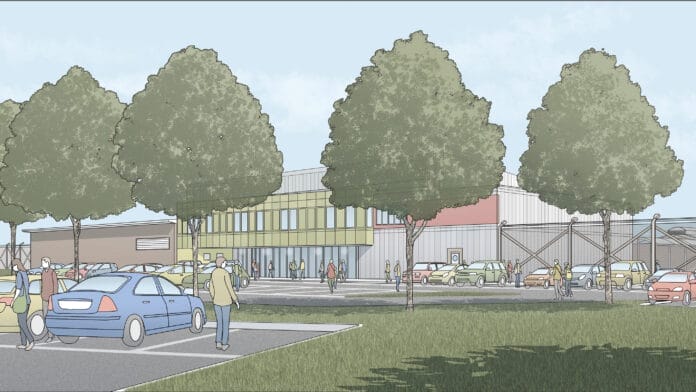
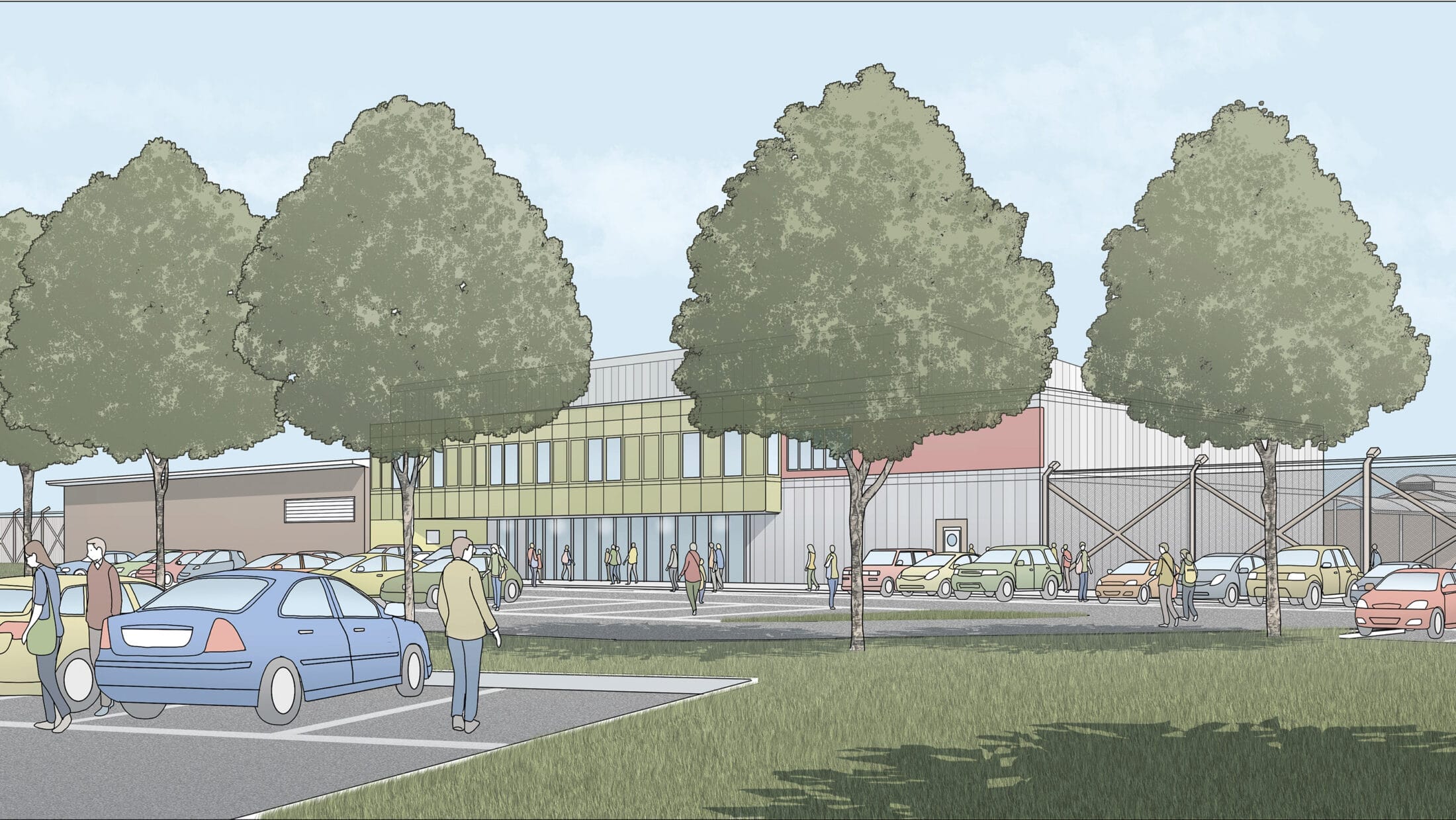
South Africa
Supporting the Siza Bantu Consortium, we developed a design solution to create a pleasant, highly functional, secure, hi-tech, campus-style environment correctional centre. The design was based around a carefully thought-out, decentralized self-functioning 3-Village and comprehensive servicing Urban Centre, which increases security and control of offenders while enhancing their dignity and inspiring their purpose for living.

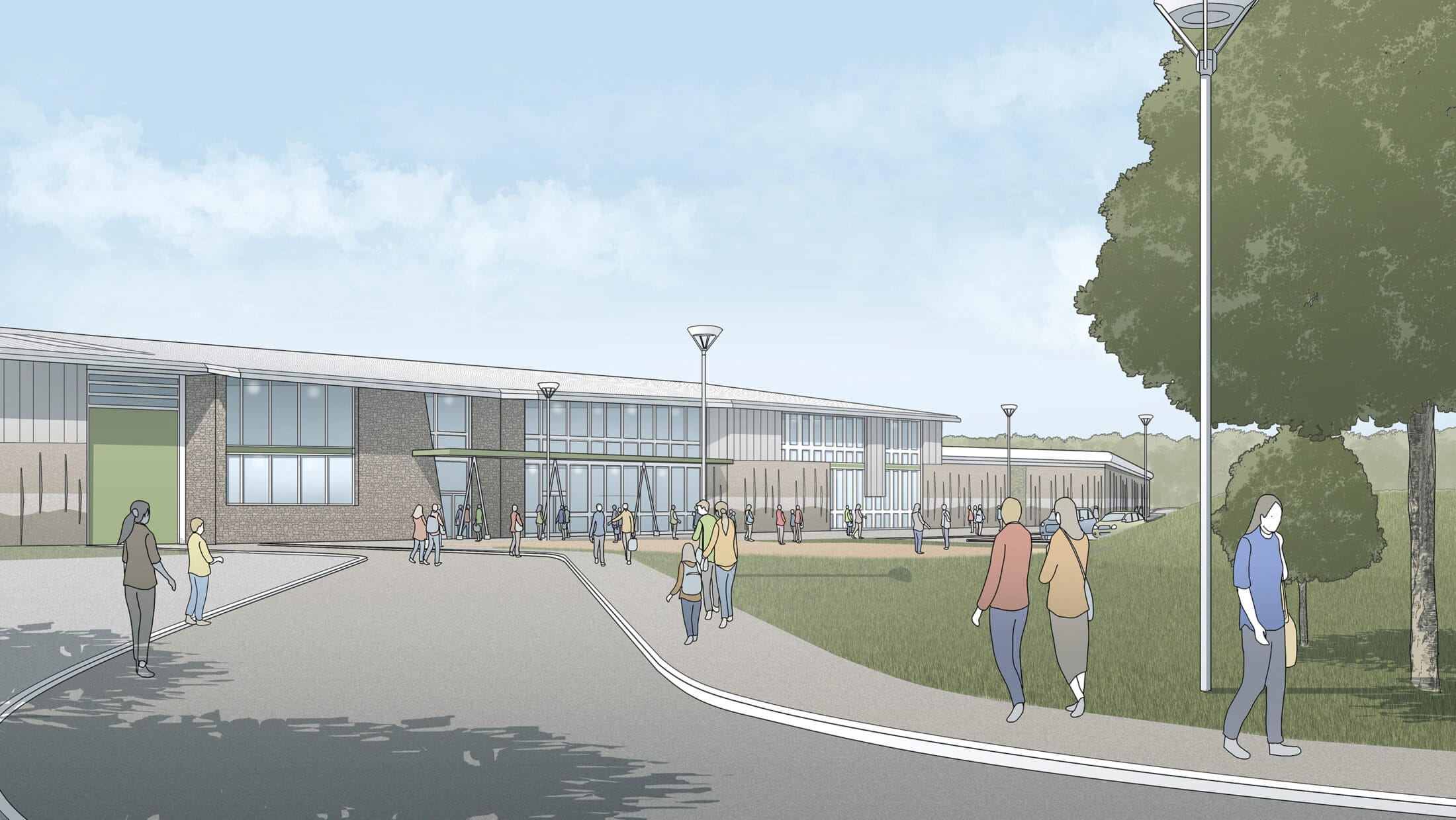
HMP Magilligan
An exemplar design for a CAT A to D, 800 to 1000 prisoner replacement scheme focused upon creating an operationally efficient design that optimises the service delivery, replacing the existing outdated facilities on a highly sensitive rural coastal site while maintaining the existing CNA throughout the works. The new facility and in particular the new therapeutic housing blocks was designed with the objective of delivering a range of fit for purpose, flexible, accommodation which promotes staff and prisoner safety, encourages access to education and activities and encourages and supports the rehabilitation of prisoners. Included in the design was a therapeutic space, areas conducive to rehabilitation, space for encouraging working out and Stepdown/independent living accommodation to prepare prisoners returning to society.
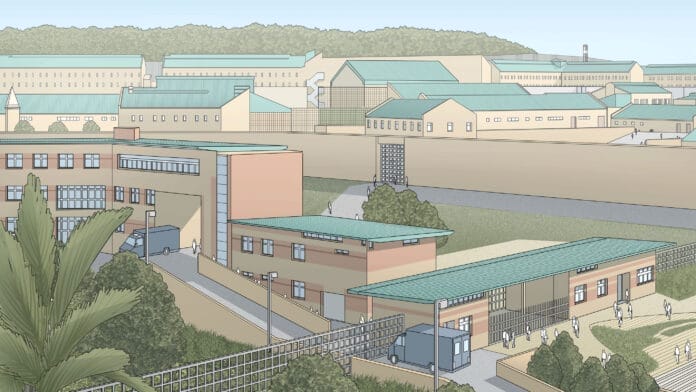
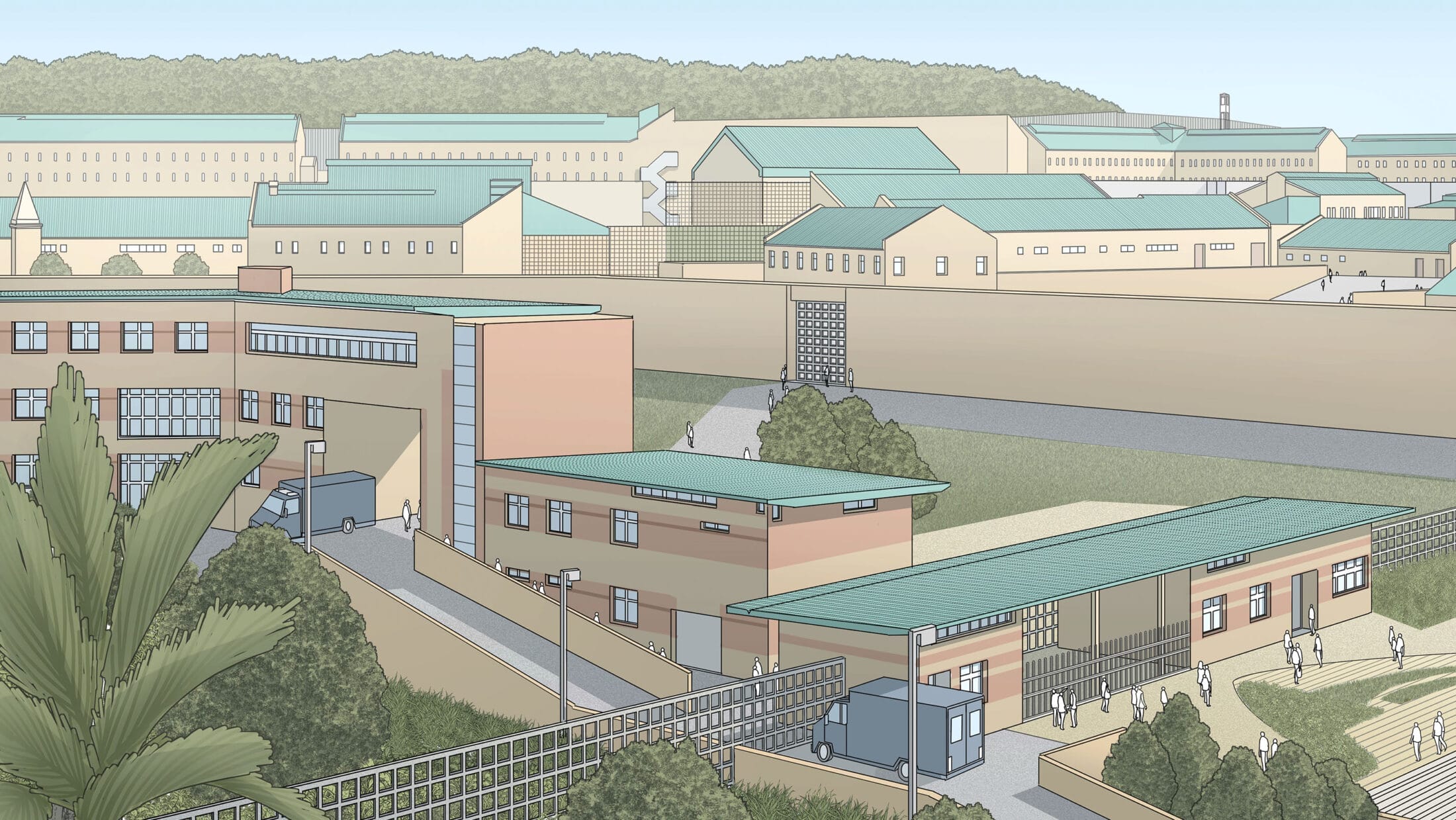
Chile Prisons
We were appointed to support the Geotechnica team based in Santiago Chile to provide specialist design advice for 3 projects at Alto Hospicio, Rancagua and Iqueque. The sites were spread across a number of climatic zones through north and central Chile. Each facility was designed to accommodate 3000 inmates with a wide-ranging mix of groups. In response, we developed concepts for house block communities containing education and training within them. We were challenged by the need to bring large groups of visitors into the heart of the prison which was a culture of the Chilean prison regime








